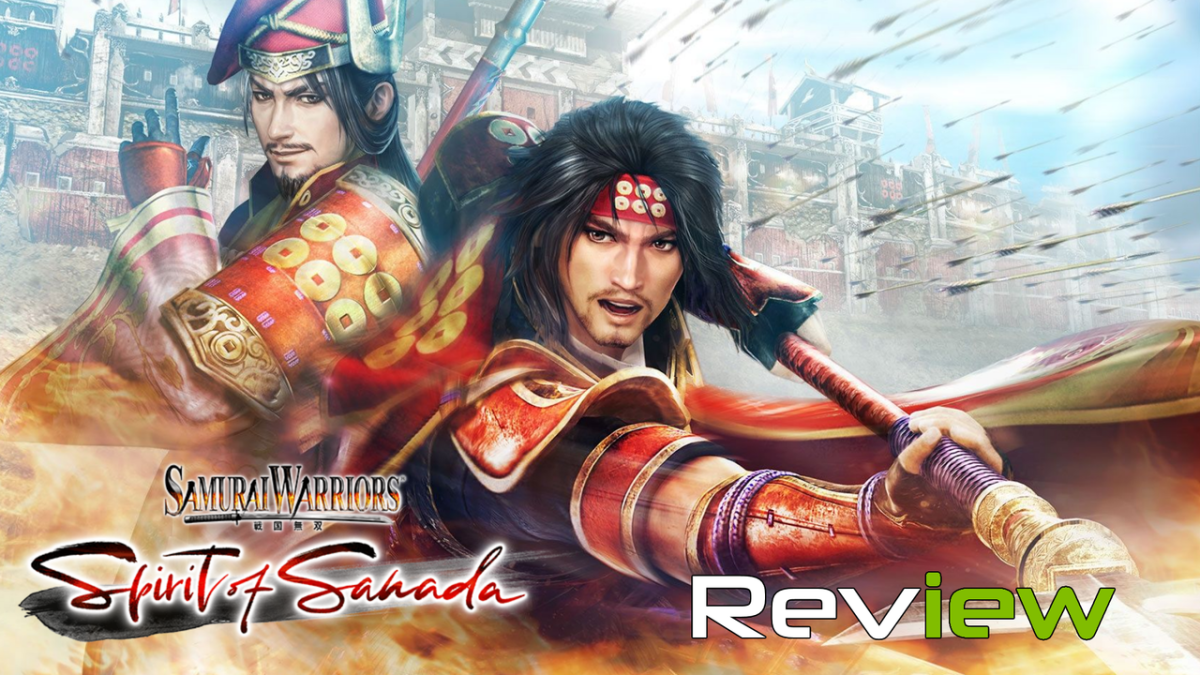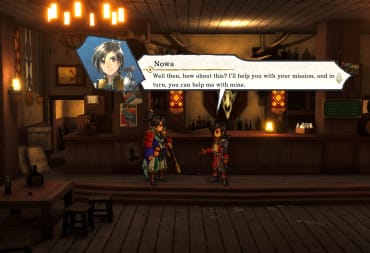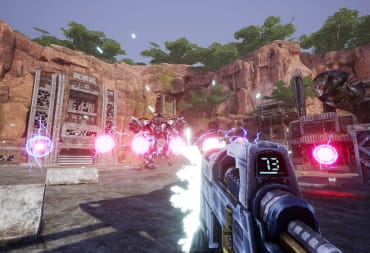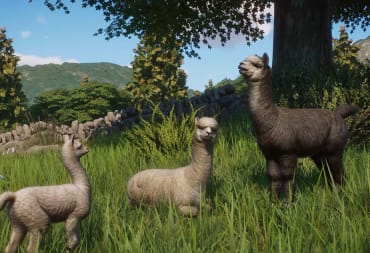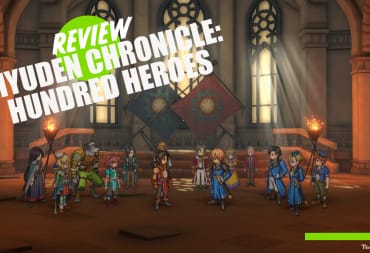Samurai Warriors: Spirit of Sanada is the newest game in the Samurai Warriors franchise by Omega Force, and although it has a few minor issues, it is the best game in the series so far. It is no secret that I am a massive fan of the “Musou” genre of video games. There is nothing more satisfying than running into a mob of several hundred enemy soldiers and hacking and slashing my way to victory. That said, the one place that games like Dynasty Warriors and Samurai Warriors always seemed to be lacking in is the story department. Luckily, Spirit of Sanada overcomes this issue by crafting and fun, engaging, and at times, emotional storyline.
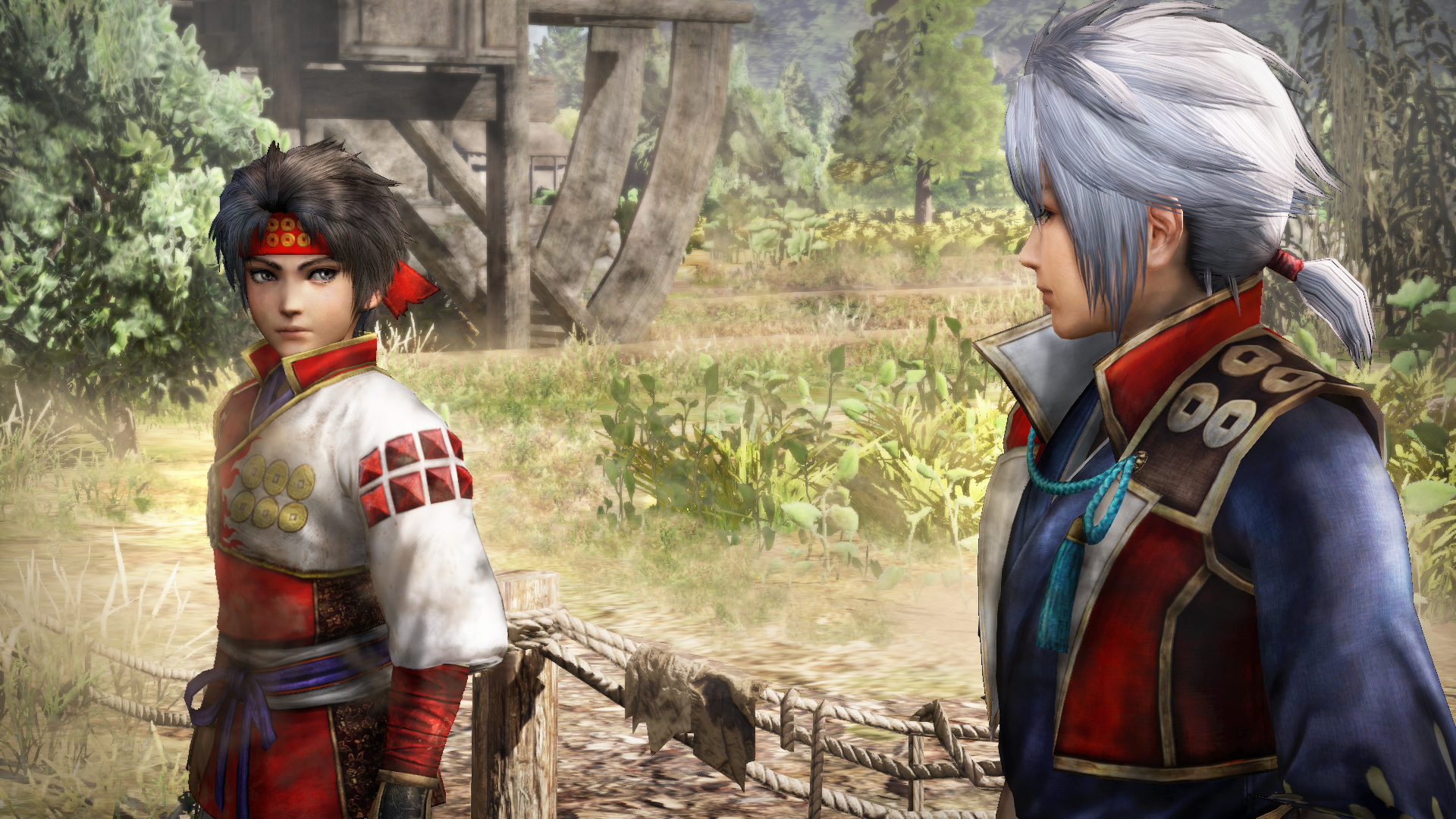
Set in the Sengoku era of feudal Japan, Spirit of the Sanada begins right before the fourth battle of Kawanakajima, and ends with the final battle of Yukimura Sanada, giving the player over fifty years of history and battles to explore. Unlike the other games in the Samurai Warriors 4 collection, Spirit of Sanada chooses to focus on the Sanada clan and tells their story with a fair amount of detail. When you begin the game, you start out as one of the new characters, Masayuki Sanada. He is Shingen Takeda's right-hand man and the father of Yukimura and Nobuyuki Sanada. As you progress through the story and complete battles, time will progress and the player will gain control of Masayuki's children as they compete in their military exploits. It is thorough in telling a more focused and narrow story, which not just members of the Sanada, but nearly all characters are more richly developed, leading to a finale that has the player emotionally invested, even though they more than likely know the outcome already. Along with the main story, as the story progresses, you will occasionally come across secondary battles, that took place at the same time as an event in the Sanada timeline. These missions will also add detail the situation, and give the player a better understanding of the world of Samurai Warriors.
Spirit of Sanada also contains the entire cast of previous Samurai Warriors titles, as well as five new characters introduced in the game, bringing the total number of playable characters to sixty-one. Out of all the new characters introduced, Masayuki Sanada is my favorite, not just within this game, but within the entire franchise. That said, all the new characters are fun and have unique special moves to unlock and try out. Spirit of Sanada follows the same formula that was introduced in Samurai Warriors 4, breaking down the entire cast into four playstyle categories: Normal, Power, Special, and Hyper. While these do not dictate how you can play a character, they do show you where their strengths are. For example, Masayuki is a Normal-orientated warrior; his power comes from just beating up enemies by mashing the standard attack button as hard as he can, this does not mean that he does not have combos or hyper attacks, but his normal attacks far surpass other characters. Also similar to previous games in the Samurai Warriors 4 line, is the fact that the player can select two characters to play as on the battlefield. However, in Spirit of Sanada, the player only the chance to play with two characters some of the time, other missions require you to play as the main character of that chapter alone.
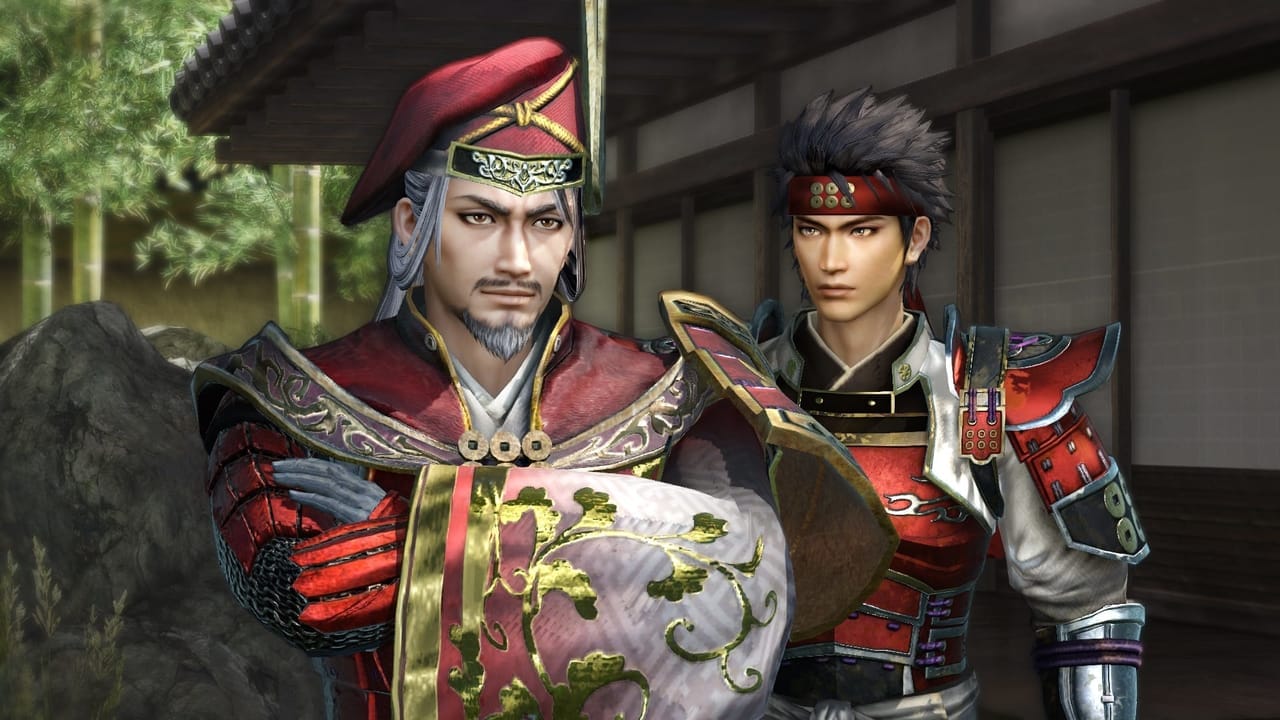
From the very beginning of the game, you will notice a complete change in the style you were accustomed to with the previous Samurai Warriors titles. You will begin in a small Sanada village which you will have free control to roam around in. There are shops, archives for history lessons and the ability to check your stats and replay battles, and even some minigames to play such as farming and fishing. Admittedly, it is pretty bare-bones; however, it is coupled with the ability to talk to other retailers in your samurai army, getting to know them, and learn more about the setting. This alone breathes life into the world and gives you something to keep up to date with and enjoy.
It is through this new village area that you will upgrade your characters and equipment. This is also where we run into the big, glaring flaw with Spirit of Sanada, maybe even the only real flaw. Between battles, you will have the ability to do free roam exploring on certain maps. While you are exploring, you will find materials that are used to upgrade your weapons. Unfortunately, this means you are required to explore a lot to improve your weapons and the weapons of your other characters or be forced to spend all your gold. I feel that this system was inspired by the material gathering system introduced in Toukiden 2, but it feels far more grindy here. It led to many battles where Masayuki was running around with an A grade weapon with massive stat boosts, while the others were running around with E grade weapons with little-to-no boosts. It did not ruin the experience for me, but it does not work as well as it did in Toukiden 2, my only hope is with the announcement that Dynasty Warriors 9 is going to be open world as well, that they revamp this system. The other piece to this flawed system that completely baffles me is that the player only has a set amount of time to explore the map. Spirit of Sanada introduces a day and night system, and as you begin an exploration it is midday, and you will be forced to stop at evening or night. As the story progresses, you will gain the ability to pay to extend the amount of time you spend in exploration maps, but what I do not under is that when you finish exploring, there is nothing stopping you from simply just selecting the exploration map again and just going back. Its only purpose seems to be to waste the player's time.
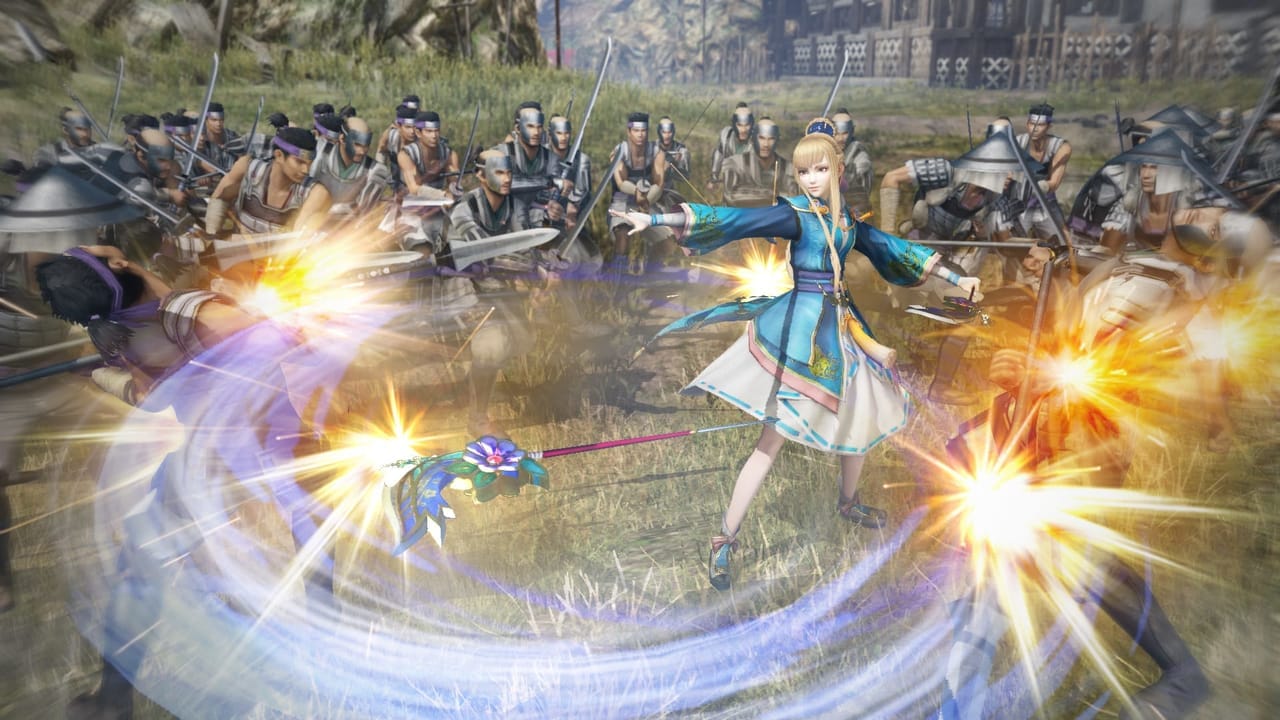
The final addition to Spirit of Sanada is the addition of the six Sanada coins, which is a bar that the player fills be accomplishing missions or tasks. You can fill all six coins, which gives you six charges that can be expended at your choosing. The coins are used to conduct strategies in combat. When certain events happen in battle, you will see a prompt to press a button to activate a strategy to improve your chances of winning. Some of these strategies will be unlocked from the beginning, while others have to be unlocked by completing secondary objectives in other missions. Thus finally solving the problem that completing secondary objectives in previous games, did nothing for you beyond giving you PlayStation trophies.
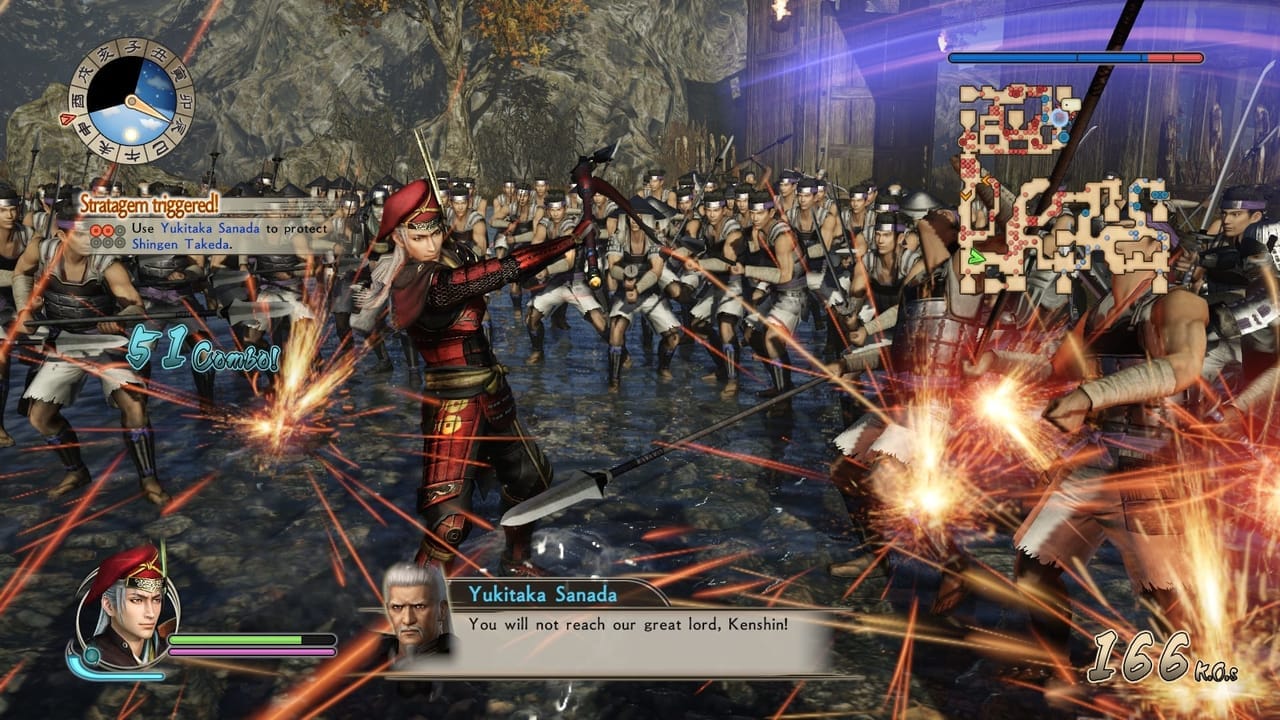
Spirit of Sanada is a massive step in the right direction, and even though I own all of the former Samurai Warriors 4 games, I am happy to have this game added to my collection. The addition of new systems, a better story, new characters, and a nice sheen of polish makes this the best musou game to date. It does justice to the story of Yukimura and his family, and that is honestly the best compliment that I can give it.
Samurai Warriors: Spirit of Sanada was reviewed on PlayStation 4 with a code provided by the publisher.
Review Summary
The best story that Samurai Warriors has had to offer, as well as the addition of new mechanics to improve the experience, Spirit of Sanada is a great way to close the chapter on the Samurai Warriors 4 era.
(Review Policy)Pros
- New Characters
- Comfy Village Exploring
- Focused Narrative
- Improved Enemy AI
Cons
- Gathering Materials is a Pain
- Pointless Time Limits on Exploring
Have a tip, or want to point out something we missed? Leave a Comment or e-mail us at tips@techraptor.net
